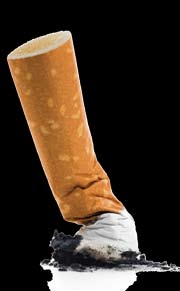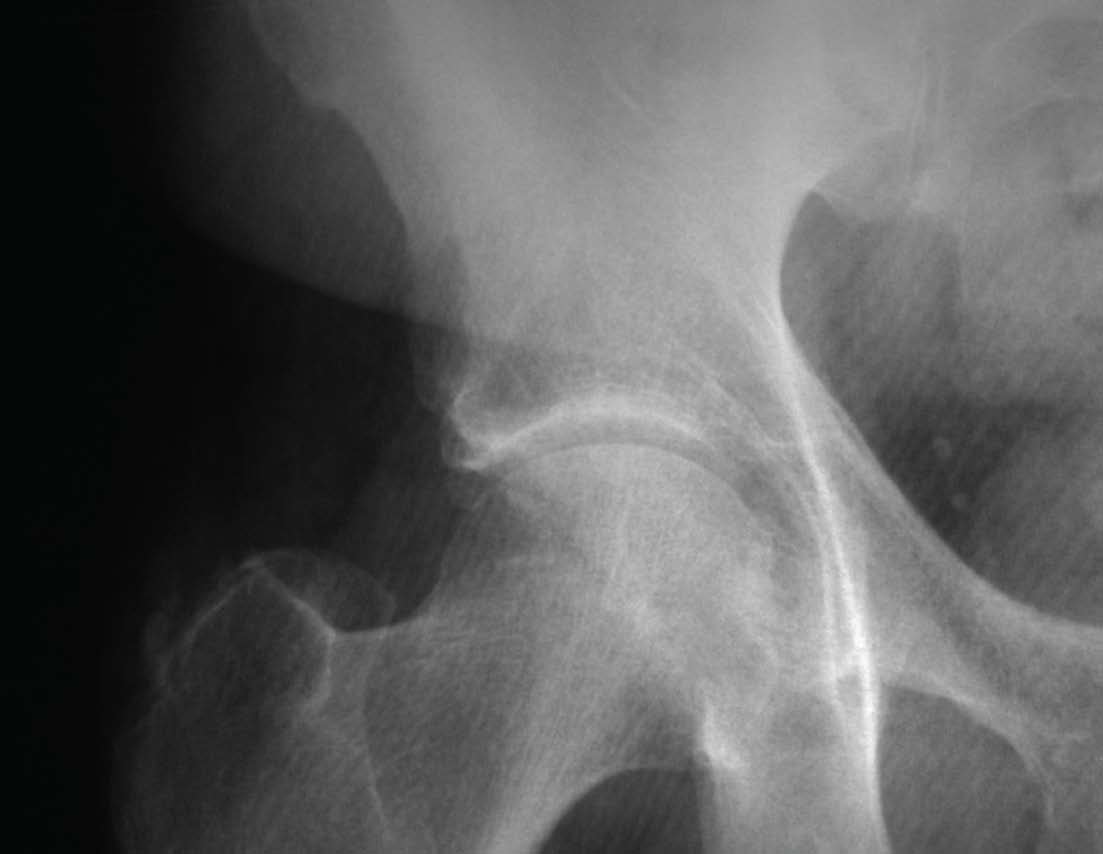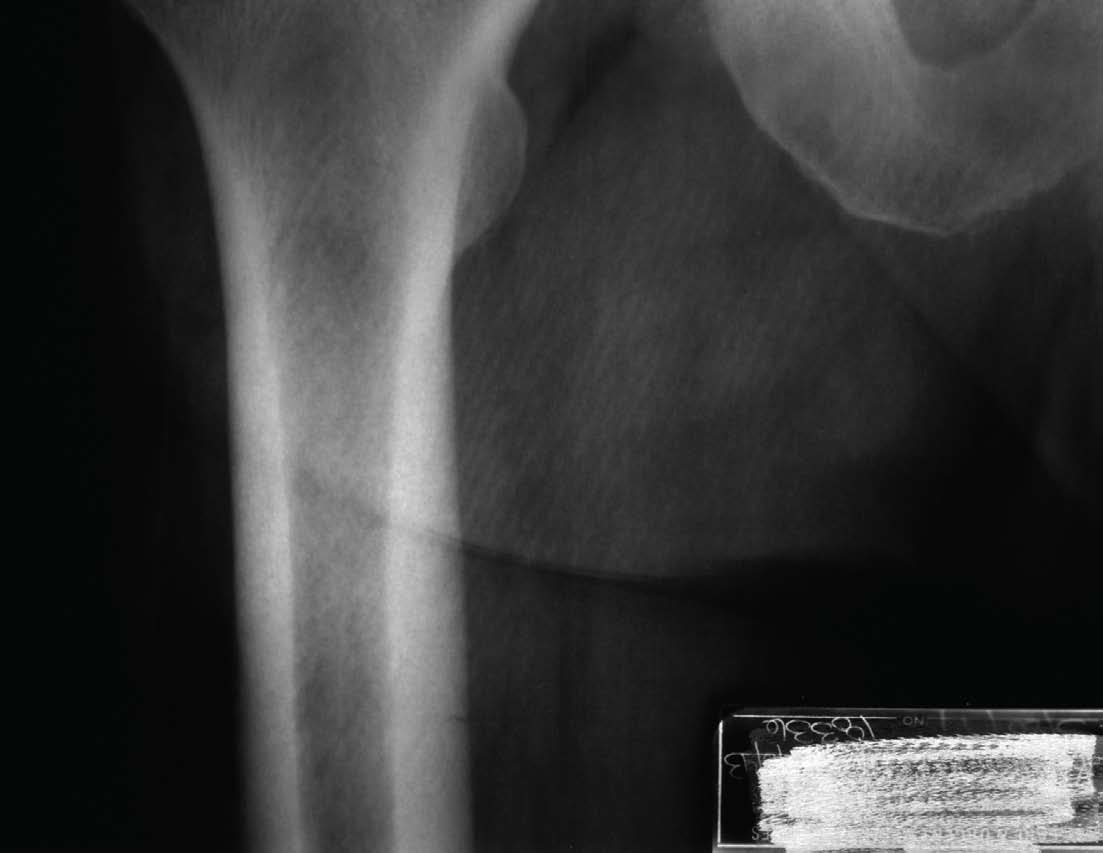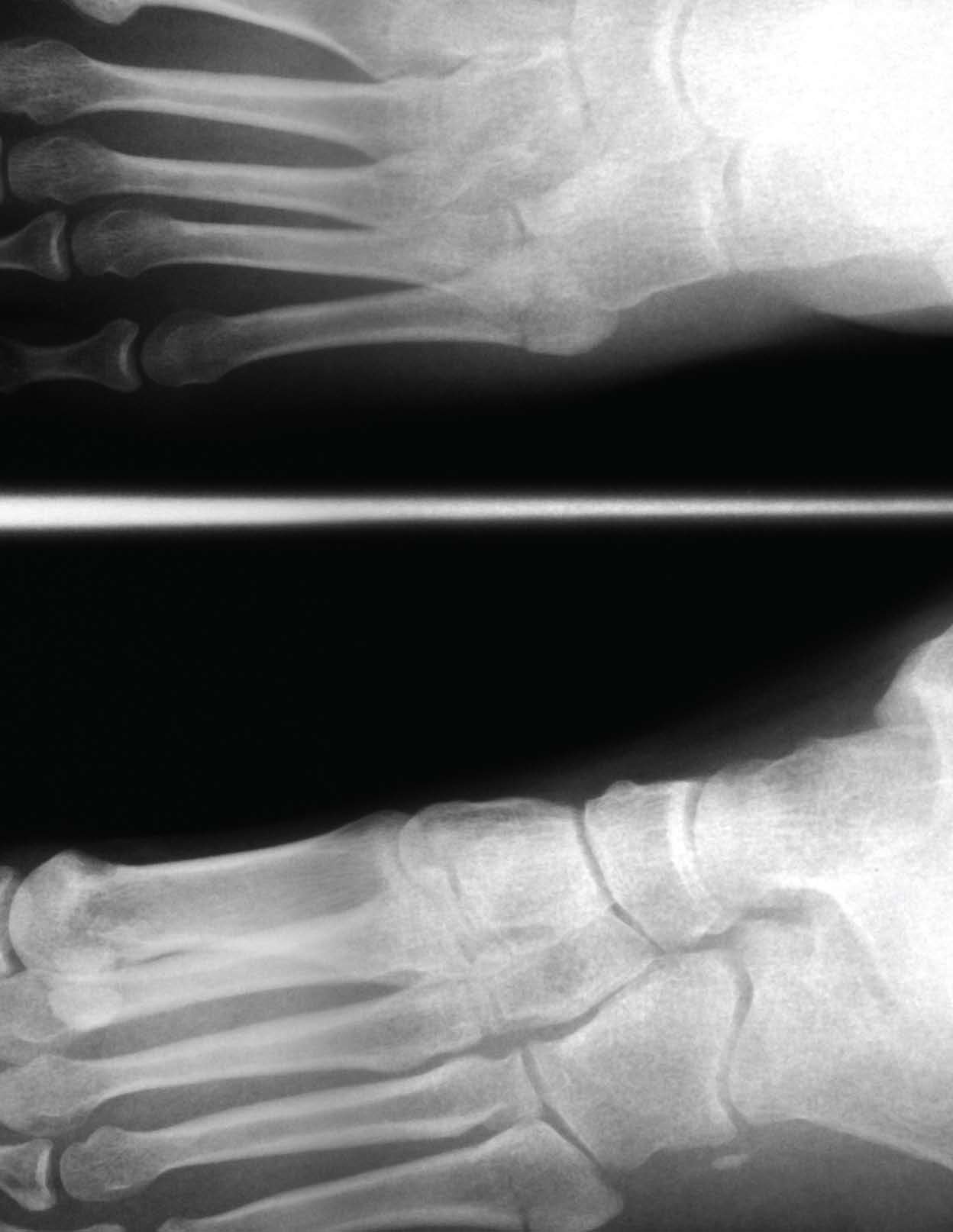Okhca.net


Claims/Systems News
02 Encourage Pregnant Women
04 Children Added to Insure Oklahoma
To Reach 39-week Mark Before Delivery
07 MHSAS Explained:
03 Optimizing Glaucoma Eye
New Eligibility Status in MMIS
08 Prescription Limit Changes
05 ‘Kids Corner' Debuts06 Living Choice Providers Needed09 Black Women at Higher Risk for
Early Breast Cancer
10 OHCA Avoids Deeper Provider
Tobacco Cessation
Benefits Available
Research indicates that no other clinical intervention can reduce il ness,
prevent death or increase quality of life more effectively than tobacco cessation.
And, although 25 percent of adult Oklahomans use tobacco, 58 percent of
our SoonerCare members are smokers. That is why SoonerCare offers coverage
for tobacco cessation counseling for members age 12 and older. SoonerCare
wil reimburse providers who use the "5As" approach to tobacco cessation
developed by the Agency for Healthcare Research and endorsed by the
U.S. Public Health Service.
Ask the patient to describe his or her tobacco use.
Advise the patient to quit.
Assess the willingness of the patient to quit.
Assist the patient with referrals and plans to quit.
Arrange for follow-up.
continued on page 11
A Publication Of The Oklahoma Health Care Authority


to reach 39-week
mark before deliveryNo one knows your patient's needs better than you do,
also is available online at http://www.marchofdimes.com/
and obviously there are times when an early delivery is
As recently reported at the annual meeting of the Society
But several organizations have noticed an increased interest
of Maternal-Fetal Medicine in February 2010, neonatal
by pregnant women in scheduled deliveries by induction of
outcome is optimal at 30-40 weeks' gestation for all types
labor or caesarean section for reasons that are not medical
of labor. Some of the studies presented do support prior
in nature and/or are prior to 39 weeks' gestation.
work that suggested elective delivery at less than 39 weeks (in the absence of fetal lung maturity) is not a
We realize that often this trend is patient-driven. We have
good strategy.
a responsibility to educate our members about the benefits of sustaining their pregnancies through the 39th week.
For more information about SoonerCare's scheduled
SoonerCare has partnered with the March of Dimes to
delivery policy, see the provider letter OHCA 2010-02 at
send our pregnant members information on this topic.
www.okhca.org under "Provider Letters."
The brochure, "Why the Last Weeks of Pregnancy Count,"
2 provider+update


Glaucoma is an irreversible, progressive loss of vision,
For example, when Bimatoprost (Lumigan®) is given
for which treatment only slows the course of the
at a 90° angle, 111.0 drops can be dispensed vs. 76.1
disease. The most common medications used for this
drops when the bottle is held horizontally per 2.5mL
condition are the topically administered prostaglandin
bottle. This translates to a bottle lasting up to 56 days
analogs. Data show that proper administration of
of bilateral treatment vs. 38 days (6.5 vs. 9.6 bottles
these drugs is vital for the patient to get the most
per year). This still allows for a drop size of 28.7μL,
pplication benefit from their use. Of most importance for the which is well within the optimal range. For another
administration of these drugs is the angle at which
drug in this class, Latanoprost (Xalatan®), the same
the drops are released from the dropper bottle.1
trend is observed (94.3 vs. 67.1 drops per 2.5mL bottle), allowing for a yearly difference of 7.8 vs. 10.9
rop A The available volume needed for administration
bottles. Of interest is that Travaprost (Travatan®)
for these products is 20-23μL, with data showing
has the greatest number of drops dispensed from one
that drops as small as 15μL are equivalent in their
2.5mL bottle when held at a 45° angle, with 101.1
ye D bioavailability and efficacy.1 This is because of reflex- drops vs. 85.3 drops when held horizontally. This
blinking, tearing and drainage through the nasal-
allows for a yearly difference of 7.2 vs. 9 total bottles
lacrimal duct. Also, smaller drops are preferred to
limit systemic exposure and wasted medication. There are several determining factors of drop size,
Proper counseling on the administration of these
such as the viscosity and surface tension of the fluid,
products can help improve compliance for your
the shape of the dispensing bottle and the angle at
SoonerCare patients. Reducing brand-name co-
laucoma E which the medication is administered.2 Because the pays from approximately nine or 10 per year to six
viscosity/surface tension is estimated to vary little
or seven will not only reduce the total annual cost
for these agents and the size and shape of the
of these drugs for members but will also allow them
dropper bottle is going to remain the same over time,
to obtain other needed brand-name products and
the administration technique of the patient
maximize their pharmacy benefit. Additionally,
is a significant determining factor for
about 25 percent fewer bottles might be dispensed
yearly, resulting in a savings to the agency of roughly $20,000 annually. This benefit to both the patient
and the taxpayer underscores the importance of precise counseling.
• Fiscella R, Wilensky JT, Chaing TH, and Walt JG. Efficiency of Instillation Methods for
Prostaglandin Medications. J Ocul Pharmacol Ther. 2006;22(6):477-482.
• Van Santvliet L, Ludwig A. Determinants of Eye Drop Size. Surv Ophthalmol. 2004; 49:197-213.


Children Added to
OHCA's requested state plan amendment to add
Children in Insure Oklahoma's Individual Plan
children to the Insure Oklahoma program has
(IP) will be covered through the state-operated
been approved by the Centers for Medicare &
Individual Plan network and benefit plan. The
Medicaid Services (CMS). The amendment covers
family's financial responsibility for coverage will
children younger than age 19 in families with
not exceed 5 percent of their household income.
workers from any size business whose household income is 185 percent to 300 percent of the
OHCA estimates 20,000 children can be
Federal Poverty Level (FPL).
covered under the new authority provided by this amendment. Insure Oklahoma members
Children in Insure Oklahoma's Employer-
can request coverage for their children using a
Sponsored Insurance (ESI) will be covered
change form beginning July 1, 2010. Additionally,
through their family's private insurance plan, and
OHCA will begin recruiting primary care
Insure Oklahoma will subsidize a portion of the
providers for this new population in the next
family's premium costs.
4 provider+update
"Kids Corner" is a new feature on OHCA's Web site where kids can find
coloring pages and activity calendars that combine good information with
a lot of fun, creative ideas about healthy food choices, great exercises and
learning activities for the whole family.
Health Guides Soozie SoonerCare (a scissor-tailed flycatcher) and
Rascal (an Oklahoma raccoon) host a page with neat things for
parents, too, including downloads for both a tooth brushing chart
and a Tooth Fairy Certificate.
Providers might find it useful to keep the monthly coloring
pages or SoonerCare Health Guide Club activity books on
hand for waiting room entertainment.
Be sure to tell your co-workers, family, friends and
SoonerCare members to check it out at www.okhca.org/
kids-corner. Soozie SoonerCare and Rascal will be waiting
with something new and exciting each month!
Living The Living Choice project is currently transitioning
people out of their nursing homes and back into their
Choice communities. Living Choice promotes community living
for people of all ages who have disabilities or long-term illnesses. This project gives Oklahomans more options for managing their health care needs and adds more balance to the state's long-term care system.
Providers Living Choice is intended to expand the ongoing use of
home and community-based (rather than institutional) services, increase flexibility in use of SoonerCare funds
Needed and promote quality assurance.
Living Choice is actively recruiting SoonerCare providers who offer services in the following areas: • Adult day health care.
• Home-delivered meals.
• Personal care.
• Skilled nursing and therapies in the home.
• Durable medical equipment.
• Case management and transition coordination.
To qualify for the Living Choice project, individuals must: • Live in a nursing facility for at least six months
prior to transition.
• Have SoonerCare for at least one month
prior to transition.
• Be interested in moving back into the community.
• Be guaranteed home and community supports
after transition.
Any provider who knows of a SoonerCare member who
resides in a nursing facility but might like to move back
into the community is urged to make a referral. To help
a member take steps toward living more independently,
providers can call in a referral at 888-287-2443.
We are looking for new providers every day! If you are
an ADvantage provider and are interested in working
with Living Choice participants, please call us at
888-287-2443. You can learn more about the Living
Choice project at www.oklivingchoice.org.
6 provider+update
New Eligibility Status in MMIS
There is a new eligibility status in the Medicaid Management Information System (MMIS), which will display as "MHSAS" (Mental Health and Substance Abuse Services). The MHSAS is not a SoonerCare benefit, and this does NOT change the SoonerCare eligibility of the member. For eligibility, providers still need to verify SoonerCare coverage (e.g., Title XIX). TXIX should still be listed on the screen if the member qualifies. The Oklahoma Department of Mental Health and Substance Abuse Services (ODMHSAS) is directly responsible for the funding, policies and regulation of the
xplained: MHSAS benefit, not the Oklahoma Health Care
Authority (OHCA).
In an effort to enhance the state's fiscal efficiency, ODMHSAS and OHCA have joined together to establish a new system called Consolidated Claims Process (CCP). The addition of the MHSAS status is part of the CCP. The MHSAS benefit is only available when the member is receiving services from an ODMHSAS provider and the individual is either indigent, not qualified for SoonerCare, or receiving service from an ODMHSAS contracted provider who is not covered by SoonerCare.
For more information about the Oklahoma
Department of Mental Health and Substance
Abuse Services, visit www.ok.gov/odmhsas or
MHSAS E call 800-522-9054.
Due to the current state revenue shortfall, SoonerCare pharmacy benefits
were revised effective Jan. 1, 2010.
The total number of allowed prescriptions was not changed for any members. Adults age 21 and older are still allowed up to six prescriptions per month, but only two of those prescriptions can be brand-name drugs. The other four prescriptions must be generics. (Previously, up to three prescriptions per month could be brand-name drugs.)
This change does not affect adults who reside in a nursing facility or intermediate care facility for the mentally retarded or those who participate in one of the home and community-based services waivers, such as the ADvantage program.
There is no prescription limit for members under age 21.
The dispensing limit remains as the greater of 100 units or a 34-day supply for most maintenance medications.
Drugs exempt from the prescription limits include:
• Antineoplastics.
• Anti-retroviral agents.
• Certain prescriptions that require frequent laboratory monitoring.
• Birth control prescriptions.
• Over-the-counter contraceptives.
• Hemophilia drugs.
• Compensable smoking cessation products.
• Certain carrier or diluent solutions used in compounds.
• Drugs used for the treatment of tuberculosis.
Your willingness to work with us in this time of change is appreciated. The OHCA Board has taken action to reduce SoonerCare expenditures because of declining state revenues and increased program costs. These changes were made to comply with the Oklahoma Constitution, Article X, Section 23, which prohibits a state agency from spending more money than is allocated.
8 provider+update
early breast cancer
Most medical professionals would agree that breast and
any other racial or ethnic population and are less likely
cervical screenings are important tools in the prevention
than white women to survive five years after a diagnosis
of cancer. The goal of early detection is to find cancers
with most forms of cancer. Additionally, about one-
before symptoms occur. The screenings for breast and
third of black women who get breast cancer are younger
cervical cancer assist in identifying precancerous lesions
than age 50. Encouraging black women to participate
and, in many instances, allow treatment before the
in appropriate cancer screenings could help lower the
conditions become cancerous. Finding these conditions
mortality statistics among this population.
early also means they are often highly treatable. The guidelines of the American Congress of Obstetricians and
You play a key role as the forefront contact in providing
Gynecologists (ACOG) recommend that most women
care for your patients! If you see a patient who has an
receive a well-woman checkup annually. ACOG suggests
abnormality with a breast or cervical screening, you can
that a well-woman visit should consist of a general
direct her to the Oklahoma Cares program. For women
examination and breast and pelvic exams; a Pap test may
who qualify, this program can provide treatment for
be included in the pelvic examination.
breast and cervical cancer and precancerous conditions.
Oklahoma Cares offers an opportunity to assist women
The American Cancer Society recommends women begin
who are uninsured or have no other insurance covering
receiving yearly mammograms at age 40. Clinical breast
breast and cervical cancer diagnosis or treatment. A woman
exams are recommended annually for women 40 and
is admitted to the program after being screened under the
older, and approximately every three years for women in
Breast and Cervical Cancer Early Detection Program, also
their 20s and 30s. Generally, cervical cancer screenings
known as the Take Charge! program in Oklahoma. You
should begin about three years after becoming sexually
can find a Take Charge! screener in your area by calling the
active, but no later than age 21. Guidelines advise cervical
Oklahoma State Department of Health at 866-550-5585.
cancer screenings be completed every year depending upon whether the regular Pap test or the newer liquid-based test
It is our hope that your commitment to care and knowledge
is administered.
of this program will help more black women lead healthier lives as a result of an earlier awareness of risks and
Some research suggests that black women do not receive
identification of preventive health care measures, as well
screenings as often as other populations. Statistics also
as opportunity for appropriate treatment.
show that young black women are disproportionately affected by more aggressive forms of breast cancer and
If you are a licensed health care provider and are interested
tend to develop cancer at an earlier age than white women.
in becoming a certified screener, call 866-550-5585 or
Statistics from the American Cancer Society indicate that
black women are more likely to die from breast cancer than
An additional 3.5 percent provider rate reduction was canceled by the Oklahoma Health Care Authority Board of Directors after a formal budget agreement for the balance of State Fiscal Year 2010 was announced by Gov. Brad Henry and the state Legislature on Feb. 18.
A previous 3.25 percent reduction in SoonerCare provider rates that goes into effect April 1 will stand, as OHCA's budget was significantly impacted by the statewide revenue shortage and the requirement for a balanced budget.
eductions At their February meeting, the OHCA board had authorized the
agency staff to look at further reducing provider rates in order to balance the budget.
"We are thankful that the cut was minimized and that SoonerCare was identified as a priority. Our board and agency has long held that paying our providers an adequate rate is critical to ensure access to care for our members. We have not changed that position," said Dr. Lynn Mitchell, state Medicaid director.
All the other budget reductions authorized by the board in December, January and February will likely remain in place since the revenue shortfalls continue.
"We are hopeful that our providers can and will stick with us
OHCA av ovider rate r through these tough times until the economy rebounds and
we can fully rebound the provider rates," Mitchell said. "We appreciate you for serving some of Oklahoma's most vulnerable
pr populations – children, pregnant women, senior citizens and
people with disabilities. Hundreds of thousands of Oklahomans are grateful for your skills, talents and care."
Tobacco Cessation cont'd from page 1
Who can perform the 5As?
• Physicians.
• Physician assistants.
• Nurse practitioners.
• Nurse midwives.
• Oklahoma State Department of Health.
• Federally Qualified Health Centers (FQHCs).
A compensable service must include:
• A separate progress note with member-specific information
addressing the 5As counseling.
• Beginning and ending times performing the service and
signature with credentials of the direct service provider.
Payments and coding:
• Services are paid in addition to other appropriate services
rendered on the same day.
• Use code 99406 for a three- to 10-minute counseling session.
• Use code 99407 for a counseling session of more
than 10 minutes.
• Dental Code is D1320.
• No billing for less than three minutes.
• SoonerCare members are qualified for a total of
eight sessions per year.
Help for providers who want to help:
• 5As Documentation Form CH-18, which details the
required 5As counseling steps, is available at www.okhca.
org/providers/forms (This is an optional form; providers can
create their own clinical notes if they prefer).
• Informational fliers, suitable for posting in waiting rooms and
hal ways, can be ordered at www.okhca.org/help-is-here.
• The Oklahoma Tobacco Helpline is a great referral resource:
1-800-QUIT-NOW (English) or 1-800-793-1552 (Spanish).
In addition to referring members, providers can contact the
Helpline for educational materials by calling and requesting
provider resources from the quit coach. Visit www.ok.gov/
tset/Programs/Helpline.html for more information about the
Oklahoma Tobacco Helpline.
• The OHCA Call Tree is also available for additional
information. Call 800-522-0114.
• Call 211 or your local health department for community-
specific resources and materials.
Did you know?
SoonerCare offers a 90-day prescription coverage for nicotine
replacement products (when medically appropriate), such as:
• Nicotine patches, gum, lozenges and inhalers.
• Chantix.
Coverage beyond 90 days requires prior authorization and proof
of enrollment in a behavior modification program. For pharmacy-
related questions, please call 800-522-0114 (option 4) or e-mail your
questions to: [email protected].
Chief Executive Officer Mike Fogarty
Provider Update is published by the Oklahoma Health Care Authority for Oklahoma's medical providers.
Medicaid Director Lynn Mitchell, MD, MPH
Managing Editor Meri McManus
This publication is issued by the Oklahoma Health Care Authority in
Public Information Representative
conjunction with ghost, as authorized by 63 O.S. Supp. 1997, Section 5013. Twenty eight thousand pieces have been printed at a cost of
OHCA Board of Directors Lyle Roggow
.32 cents per copy. Copies have been deposited with the Publications
Chairman, Duncan
Clearinghouse of the Oklahoma Department of Libraries.
Anthony Armstrong
Vice Chairman, Muskogee
The Oklahoma Health Care Authority does not discriminate on the basis of race, color, national origin, sex, religion, age or disability in
George A. Miller, Bethany
employment or the provision of services.
Sandra Langenkamp, Tulsa
Melvin R. McVay Jr., Oklahoma City
Please submit any questions or comments to Meri McManus in the Oklahoma Health Care Authority's Public Information Office
Ed McFall, Lawton/Frederick
at (405) 522-7026.
Ann Bryant, Enid
Oklahoma Health Care Authority
4545 N. Lincoln Blvd., Ste. 124,
Oklahoma City, OK 73105-9901
OHCA Provider Helpline: 800-522-0114 or
th Lincoln Boulev
Source: http://okhca.net/WorkArea/DownloadAsset.aspx?id=11658
Boletín Apícola Nº 20 – Abril 2002 El presente Boletín es elaborado trimestralmente por laDirección de Industria Alimentaria de la SAGPyA y cuentacon la colaboración de los técnicos del Proapi- INTA y delSENASA. información: Coordinación General. SAG información: Coordinación General. SAG yA: In yA: I g. Mercedes Nimo- Téc. Andrea Janin: e-mail:
A High Throughput Approach for Metabolite Note: 369 Profiling and Characterization Using theLXQ Linear Ion Trap Mass SpectrometerMin He, Alicia Du, Gargi Choudhary, Karen Salomon and Diane Cho; Thermo Electron Corporation, San Jose, CA, USA Key Words Within the drug discovery environment, high sample • LXQ™ throughput that provides comprehensive drug metabolite








